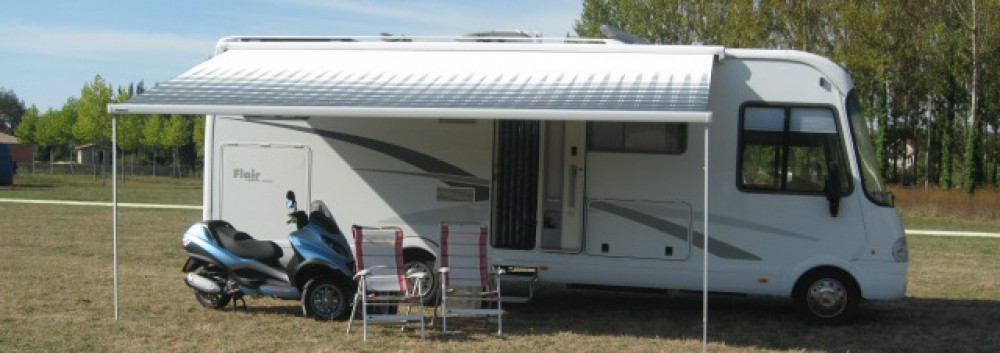I’ve always been wary of this type of charger partly because of my fear of placing too much load on the alternator and to a lesser extent a lack of understanding of what these chargers really do. Can you really get “something for nothing”? When we took delivery of our Hymer I was concerned that we didn’t have any solar panels and over the past 10 years we had relied heavily on solar energy to eek out our power usage so a B2B charger looked to have possibilities.
First of all how do these chargers work – well from what I understand they use a little circuitry to fool the alternator into thinking that the engine battery is flatter than it really is and then harvests the maximum amperage to charge the habitation batteries. There are a few logic circuits in place to ensure that you don’t rob the engine battery too much so for the first 90 seconds or so the engine battery gets full charge. Then there are features to cope with overcharge so there is a 4 stage charging process to ensure the habitation batteries don’t first get over cooked and then to ensure they get the last 10 to 15% charge that they don’t get normally.
So what did we learn in practice? Actually I was rather surprised by the amount of charge that went into the habitation batteries and how quickly the batteries were replenished. At the end of the day the real usefulness will be determined on your personal style of camper van use. If you are the sort of camper that parks up for days or weeks on end at one place then B 2 B chargers are not for you. However if you are like us and tend to stop for two or three days at a time then move on I can see that B 2 B chargers can be very useful providing when you move on you drive for at least an hour or more. Would they replace solar – I guess not. Would they replace a generator – no. Nor would they be a substitute for an Efoy system. So in my opinion they are ok if you move every day or two but should you wish to stay a week in any one place then you will need an alternative source of power.

